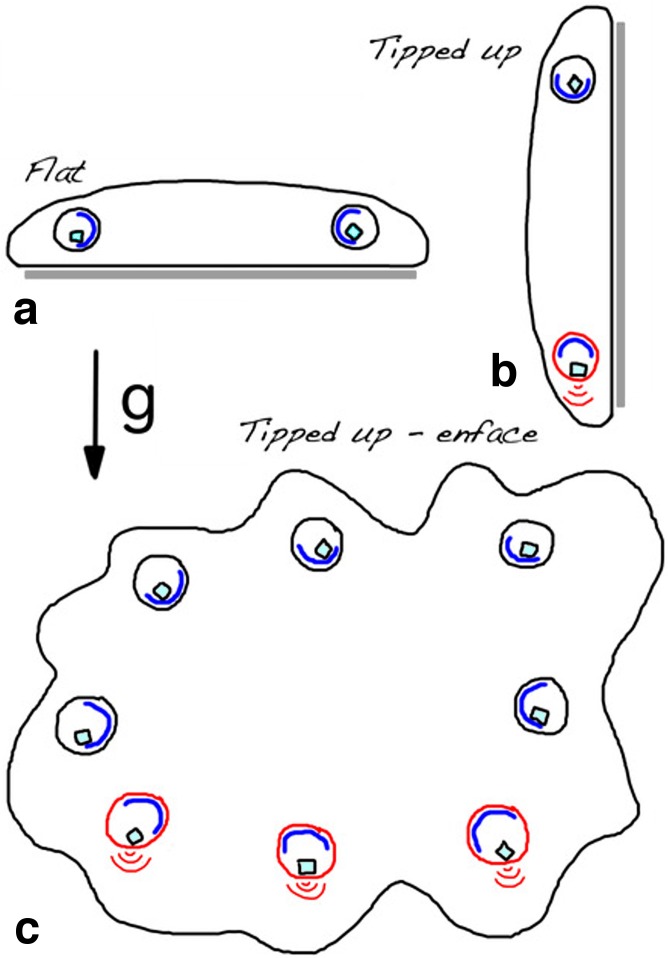Fig 6. How crystal cells may be activated when tilted.
Possible mechanism of selective crystal cell activation in Trichoplax upon being tilted vertically. Schematic cross-section of Trichoplax attached to horizontal (a) or vertical (b) substrates, and en face view of animal on a vertical substrate (c). Cup-shaped nuclei (blue) are directed to the edge of the animal, regardless of its orientation with respect to gravity, while crystals move under the influence of gravity. Crystals in animals on a horizontal surface (a) generally remain in the nuclear cup, but when the surface is tilted vertically (b), crystals on the down side of Trichoplax fall out of the cup (red outline). We postulate that pressure exerted by the crystal on the plasma membrane activates mechanosensitive receptors in the membrane, which in turn causes the crystal cell to transmit a signal (red brackets). En face view (c) illustrates the distribution of activated crystal cells (red outlines and brackets) in an animal on a vertical substrate.

